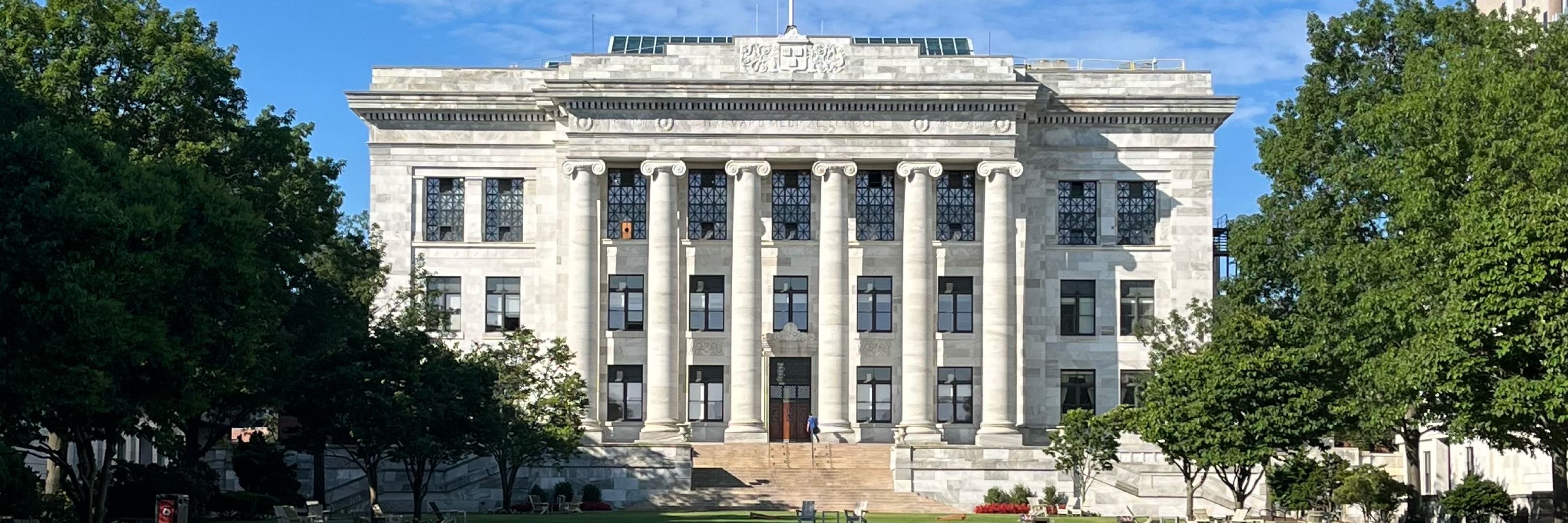
👉 the dentato-rubro-thalamic tract (DRT).
The best DBS outcomes align closely with its trajectory - regardless of target or disorder.

👉 the dentato-rubro-thalamic tract (DRT).
The best DBS outcomes align closely with its trajectory - regardless of target or disorder.
👉 What influences outcomes after DBS?

👉 What influences outcomes after DBS?
Connectivity between GPi-DBS electrodes and the convergent tremor map explained significant variance in clinical outcomes.

Connectivity between GPi-DBS electrodes and the convergent tremor map explained significant variance in clinical outcomes.
• Parkinson’s disease patients with subthalamic DBS
• Essential tremor patients with thalamic DBS
Outcome maps from each group could explain outcomes in the other.
Disorder-independent. Target-independent.

• Parkinson’s disease patients with subthalamic DBS
• Essential tremor patients with thalamic DBS
Outcome maps from each group could explain outcomes in the other.
Disorder-independent. Target-independent.
We incorporated a map from the well-known dimmer-switch model of tremor, based on EMG-fMRI:
🔗 academic.oup.com/brain/articl...
Once again, the same core regions emerged:
- Motor cortex
- Motor cerebellum
Three paths. One destination.

We incorporated a map from the well-known dimmer-switch model of tremor, based on EMG-fMRI:
🔗 academic.oup.com/brain/articl...
Once again, the same core regions emerged:
- Motor cortex
- Motor cerebellum
Three paths. One destination.

But is there a shared tremor circuit across disorders - one that could guide treatment, regardless of diagnosis?
We think: yes.
Our study is out now in @natcomms.nature.com:
🔗 www.nature.com/articles/s41...
🧵 A thread.

But is there a shared tremor circuit across disorders - one that could guide treatment, regardless of diagnosis?
We think: yes.
Our study is out now in @natcomms.nature.com:
🔗 www.nature.com/articles/s41...
🧵 A thread.
When we combined both tDCS and levodopa responses in a linear model, they jointly explained a significant amount of the variance in DBS outcomes.

When we combined both tDCS and levodopa responses in a linear model, they jointly explained a significant amount of the variance in DBS outcomes.
(i) Does the levodopa response predict DBS outcome?
(ii) Does it correlate with the tDCS response?
The trends were there - but in this small sample (N = 10), neither reached significance on its own.

(i) Does the levodopa response predict DBS outcome?
(ii) Does it correlate with the tDCS response?
The trends were there - but in this small sample (N = 10), neither reached significance on its own.
Levodopa improved motor function more when it followed multifocal tDCS than when it followed sham stimulation.
It seems that tDCS may prime the brain’s response to medication.

Levodopa improved motor function more when it followed multifocal tDCS than when it followed sham stimulation.
It seems that tDCS may prime the brain’s response to medication.
once after real tDCS, and once after sham stimulation.
So we took a closer look.

once after real tDCS, and once after sham stimulation.
So we took a closer look.
A hint that both may tap into the same underlying network?
We think yes.

A hint that both may tap into the same underlying network?
We think yes.
Publication in Movement Disorders:
doi.org/10.1002/mds....


Publication in Movement Disorders:
doi.org/10.1002/mds....

